-

- Sopto Home
-

- Special Topic
-

- Twinax Cable Knowledge
-

- Info about Augmented category 6A in 10GBase-T
Twinax Cable Knowledge
- Cable Labeling as Part of Data Center Management
- How to Correctly Run cables On Servers in a Data Center?
- 4 Realities You Should Consider 10G Ethernet for Your Business
- Is it finally the end of copper?
- Why We Need Both 40G and 100G Ethernet Cable?
- What is Twisted Pair Cable?
- Benefits of Twisted Pair Cable Construction
- Why Copper Is Used in Cables?
- A Brief Look at Ethernet Cable Construction
SOPTO Special Topic
Certificate



Guarantee
Except products belongs to Bargain Shop section, all products are warranted by SOPTO only to purchasers for resale or for use in business or original equipment manufacturer, against defects in workmanship or materials under normal use (consumables, normal tear and wear excluded) for one year after date of purchase from SOPTO, unless otherwise stated...
Return Policies
Defective products will be accepted for exchange, at our discretion, within 14 days from receipt. Buyer might be requested to return the defective products to SOPTO for verification or authorized service location, as SOPTO designated, shipping costs prepaid. .....
Applications
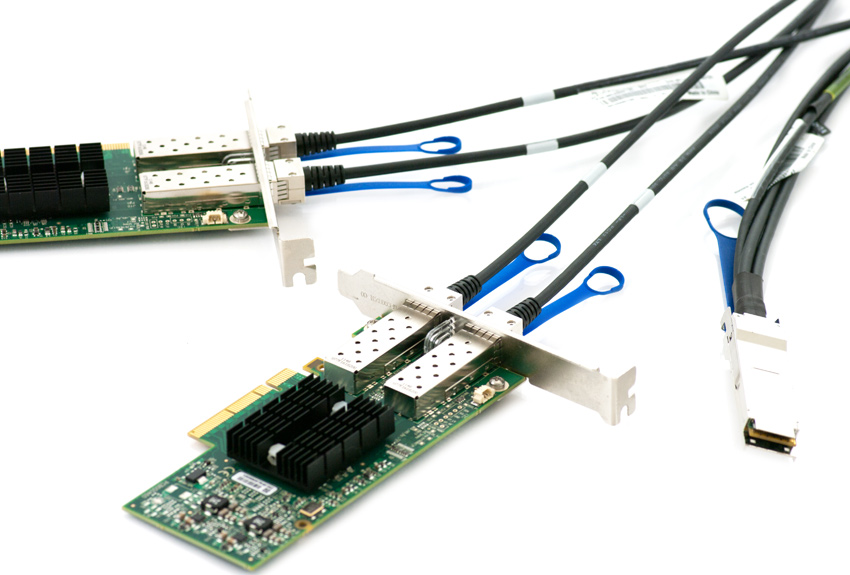 Twinax Cables are mainly used with PCI or PCI-E Card for the short distance interconnection in the server room.
Twinax Cables are mainly used with PCI or PCI-E Card for the short distance interconnection in the server room.
SOPTO Products
- Fiber Optic Transceiver Module
- High Speed Cable
- Fiber Optical Cable
- Fiber Optical Patch Cords
- Splitter CWDM DWDM
- PON Solution
- FTTH Box ODF Closure
- PCI-E Network Card
- Network Cables
- Fiber Optical Adapter
- Fiber Optical Attenuator
- Fiber Media Converter
- PDH Multiplexers
- Protocol Converter
- Digital Video Multiplexer
- Fiber Optical Tools
- Compatible
Related Products
Performance Feature
Stable Transmission Speed
Reliable Transmission
Various Length Selection
Wider Operating Temperature
Good for HPC
Good for Data Center
Twinax Cable Knowledge
Recommended
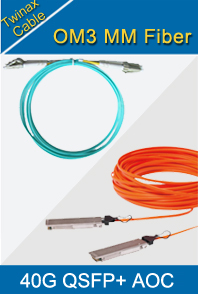
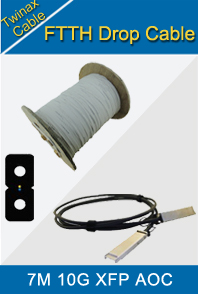
Info about Augmented category 6A in 10GBase-T
With the IEEE 802.3an 10GBASE-T application standard nearing technical completion and the industry preparing for the document's final ratification in July of 2006, it's no surprise that many new buildings have already been cabled to support 10Gb/s (Gigabits per second) data speeds at the work area.
The knowledge that PC hard drive capacity doubles every 12 months (out pacing growth predicted by Moore's Law and leading experts to forecast the availability of 2.56 terabyte capacity by 2007 ) and the increasing availability of 10 Gb/s chip technology are fueling the trend to support high bandwidth at the desktop.
In fact, multiple chip manufacturers are already sampling their 10 Gb/s transceiver technology and a handful of manufacturers are committing to being able to supply full production volumes of chips to equipment manufacturers by Q3 of 2005!
In addition to applications equipment providers, telecommunications cabling manufacturers, bolstered by the balloting TIA and ISO augmented category 6A performance standards , are now able to deliver copper cabling systems guaranteed to support operation of the 10GBASE-T application. The result is complete end-to-end availability of a powerful IT network solution capable of accurately and quickly moving large image, database, real time/on demand video and modeling files for the next decade to come.
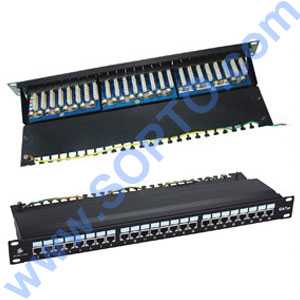
The key to robust 10GBASE-T application support is specifying copper media with the correct transmission characteristics and installing the system in accordance with proper guidelines.
Fortunately, the pending TIA and ISO augmented category 6A cabling standards fully describe the minimum electrical requirements necessary to ensure proper network operation of the application over 100-meter horizontal cabling topologies containing up to four connectors (i.e. a full cross-connect, consolidation/transition point, and work area outlet).
Copper cabling systems that offer headroom to the pending augmented category 6A requirements, such as ISO category 7/class F solutions, will also support the 10GBASE-T application.
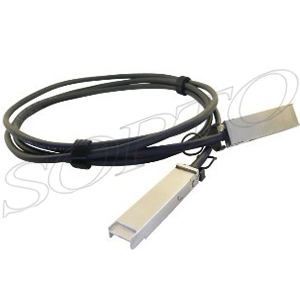
10G Copper XFP to XFP Data Center Cables
The technical content in the current drafts of both the TIA and ISO standards has been officially liaised with engineering committees such as IEEE and BICSI and contain all of the transmission specification proven to support the 10GBASE-T application. These documents are currently circulating for ballot comment review and the industry anticipates that they will publish before the 10GBASE-T application standard is ratified.
Supporting positive signal-to-noise (SNR) margin from 1 - 500 MHz and confirming channel capacity through Shannon capacity models were the most critical objectives in demonstrating technical feasibility for the 10GBASE-T application and developing augmented category 6A cabling requirements.
For the first time, TIA and ISO standards bodies had to have a thorough understanding of how the new 10GBASE-T application functioned in order to be able to accurately specify performance requirements. Specifically, since the 10GBASE-T application is the first Ethernet solution to fully cancel the majority of near-end and far-end crosstalk within the channel, standards experts had to identify the most dominant noise source external to the channel in order to accurately assess SNR performance.
The results of this evaluation led to a new noise parameter, alien crosstalk, being characterized in the augmented category 6A standard alongside new high-frequency limits for all of the currently recognized transmission parameters (e.g. insertion loss, return loss, NEXT loss, and ELFEXT).Initial Shannon models developed by the IEEE 802.3an committee identified the channel capacity that was required to support the 10GBASE-T application.
Shannon capacity simulation was an important benchmark used to confirm technical feasibility of emerging 10Gb/s cabling systems with future IEEE 802.3an compliant networking equipment.
This same simulation approach was also used by experts serving on TIA and ISO standards committees to validate proposed augmented category 6A performance limits for all transmission parameters.
The characterization of alien crosstalk is the differentiator between augmented category 6A and all lower grades of cabling. Up until now, no cabling system, not even the industry de facto "category 6e" or "category 6E" products, had ever been qualified for alien crosstalk performance.
Alien crosstalk is defined as undesired signal coupling from one cable to another or one channel to another most commonly affecting pairs with similar twist lays. Just like other crosstalk parameters, both pair to pair measurements and power sum calculations from both near-end and far-end test orientations are used to characterize alien crosstalk.
It is interesting to note that the proposed augmented category 6A alien crosstalk limits are so stringent that they mandate almost 80% less alien crosstalk voltage than that exhibited by a typical installed category 6 channel! In addition, in order to support positive SNR margins up to 500 MHz, augmented category 6A cabling systems are specified to have an impressive 27% improvement in signal strength (insertion loss) overall.
Because of the extensive research that has been conducted into alien crosstalk, standards bodies are well equipped to pinpoint design and installation strategies that will yield robust alien crosstalk performance.
By looking at the worst-case laboratory test configuration for cables shown in figure 1, it is apparent that good strategies for reducing/mitigating alien crosstalk include:
- Unbundling UTP cables through installation practices
- Maintaining separation by using UTP cables with an improved alien crosstalk design
- Shielding between cables with a metal foil or braid
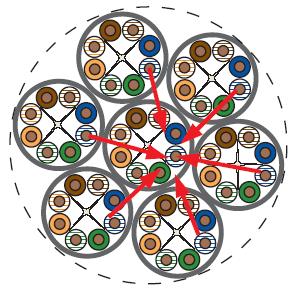
Figure 1: Worst-case alien crosstalk configuration — 6 outside cables coupling onto 1 inside
For more info, please browse our website.



